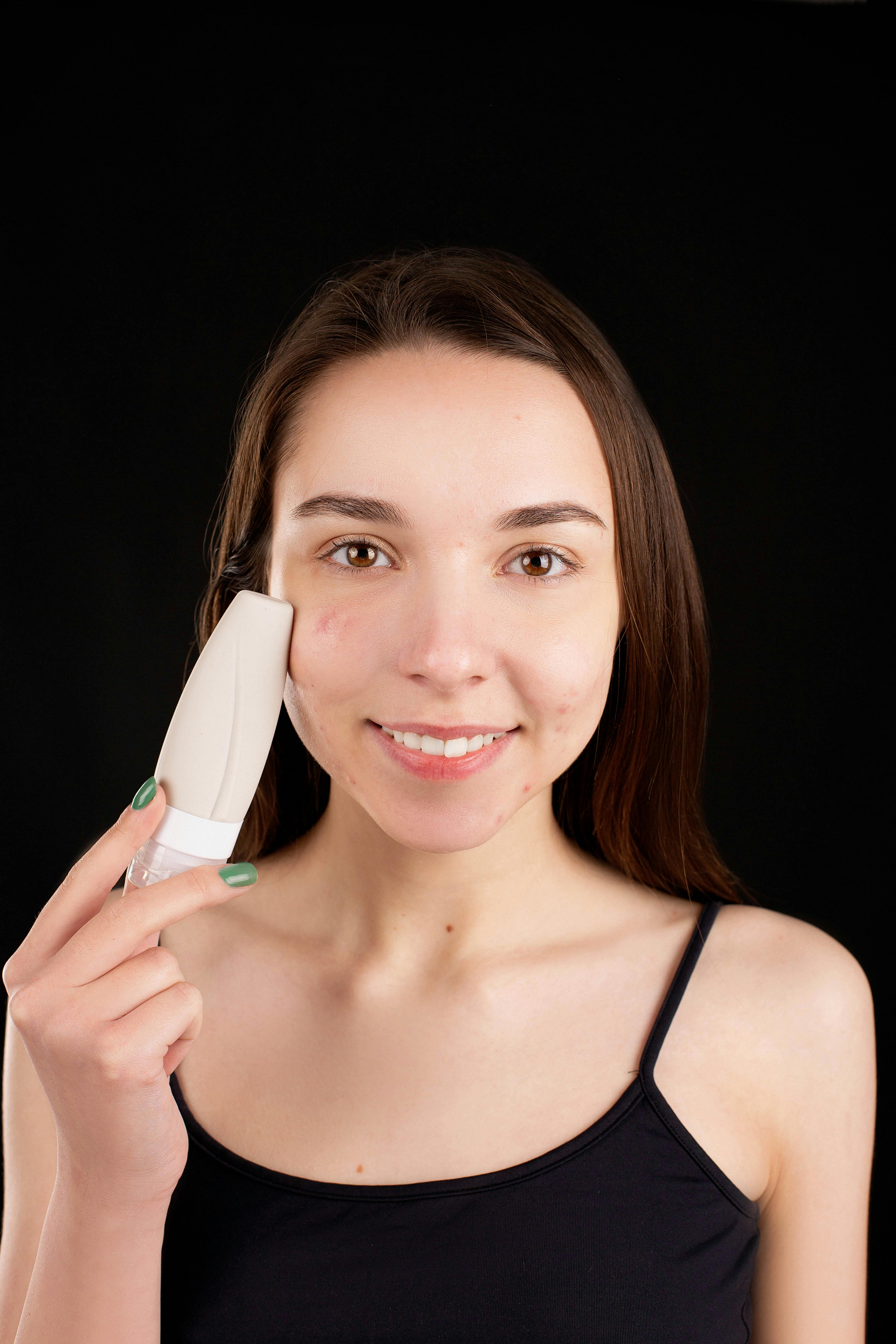Practical Guide to Allowing Pop-Ups on iPhone in 2025
With the increasing use of mobile browsing, the ability to enable pop-ups is becoming essential for a seamless online experience. This guide covers everything you need to know about allowing pop ups on iPhone, from adjusting your pop up settings in Safari to managing preferences in various apps. Whether you're looking to facilitate online purchases or access resources that rely on pop-up windows, this article will arm you with the knowledge to navigate iPhone browser pop up settings effectively.
Pop-ups can enhance your browsing experience by providing important notifications, forms, or even interactive content. However, browsers typically block these elements by default to prevent unwanted interruptions. That’s why understanding how to enable pop ups in Safari is crucial for maximizing the functionalities of your iPhone.
In this guide, we will explore step-by-step instructions on how to turn on pop ups on iPhone, troubleshoot common issues related to pop-ups, and examine specific settings in the Safari app.
This comprehensive approach not only makes browsing more friendly and efficient but also illustrates the importance of maximizing browsing capabilities that come with understanding iPhone settings for pop ups.
Let’s dive into the specifics!
Adjusting Popup Settings in Safari
To start unlocking the potential of your iPhone's browsing capabilities, you first need to navigate to the Safari app settings. Many users experience frustration due to non-functional pop-ups, primarily because of default settings that block them. Here we'll explore how to manage pop up windows on iPhone.
Step-by-Step Process to Allow Pop-Ups
1. Open the Settings app on your iPhone.
2. Scroll down and tap on Safari.
3. Under the General section, look for Block All Cookies. Ensure this option is either disabled or configured for specific sites you trust.
4. Next, locate Block Pop-ups and toggle it off. This action will allow websites to show pop-ups.
This straightforward adjustment can significantly enhance how you interact with different websites that utilize pop-ups for their services.
Understanding Pop-Up Permissions
When considering how to enable browser pop ups, user permissions play a crucial role. Websites often send requests for permissions that can lead to a smoother interaction. If you notice that pop-ups are still blocked, you may need to adjust these settings on a site-by-site basis.
Check for pop-up permission prompts next time you visit a website that requires them. You may be able to allow pop-ups for that specific site without altering global settings.
Managing Pop-Up Windows for Apps
Sometimes, pop-ups aren’t just restricted to web browsers; they can also occur within apps. Adjusting app pop up settings is essential for a full user experience.
1. Navigate to the Settings app on your iPhone.
2. Scroll down until you find the app of interest.
3. Check for options that relate to notification settings and pop-ups to ensure they are permitted.
This will not only allow app-specific functionalities but also personalize how you manage pop-ups across your iPhone.
Browser Configurations for Enhanced Functionality
Once you have adjusted the pop-up settings, it’s beneficial to explore additional browser configurations that can enhance your overall experience. Configuring these settings will ensure that you browse without pop up restrictions.
Improving iPhone Browsing Experience
Adjusting web browsing settings can have a vast impact on how effective your web experience is. These adjustments allow for improving iPhone browsing by ensuring that important notifications and required prompts are accessible.
Consider enabling experimental features in Safari to improve site interactions further, which may include allowing pop-ups for certain websites to support their needed functionality.
Safari Pop-Up Blocker Settings Explained
Safari pop up blocker settings are one of the critical areas of focus when looking to allow pop-ups. It’s vital to understand how these work and their implications on your overall browsing experience. The pop-up blocker serves to protect users from malicious advertising and unwanted screens, but it also can hinder useful features.
By regularly reviewing these permissions, you’ll be actively managing your digital safety while optimizing the usefulness of pop-ups.
Troubleshooting Pop-Up Issues
Even after adjusting the settings, you might encounter persistent issues regarding pop-ups not working as intended. Next, we’ll discuss some common solutions related to troubleshooting these challenges.
Common Issues and Fixes
If pop-ups still don’t appear after following the initial steps, consider these troubleshooting tips:
- Clear the cache in Safari and restart the app.
- Ensure that your iPhone's iOS is updated to the latest version, as updates often fix bugs related to app functionalities.
- If pop-ups are still blocked, consider resetting all settings, which restores all default configurations.
How to Disable Pop-Up Blocker on Other Browsers
This guide primarily focuses on Safari; however, other browsers may have their unique settings. For instance, if you use Chrome or Firefox, locate their settings and navigate to their respective pop-up settings. Toggling these options off will provide similar access as discussed for Safari.
Conclusion on Managing Pop-Up Preferences
In conclusion, effectively enabling pop ups for websites on your iPhone enhances your overall browsing experience significantly. By understanding adjusting pop up settings on iPhone and troubleshooting issues, you'll make the most of your device's capabilities.
Don’t forget to periodically review your settings to align with your browsing preferences and ensure optimal functionality. With effective management, your internet experience on an iPhone can be both safe and enjoyable.
 example.com/image2.png
example.com/image2.png
 example.com/image3.png
example.com/image3.png 